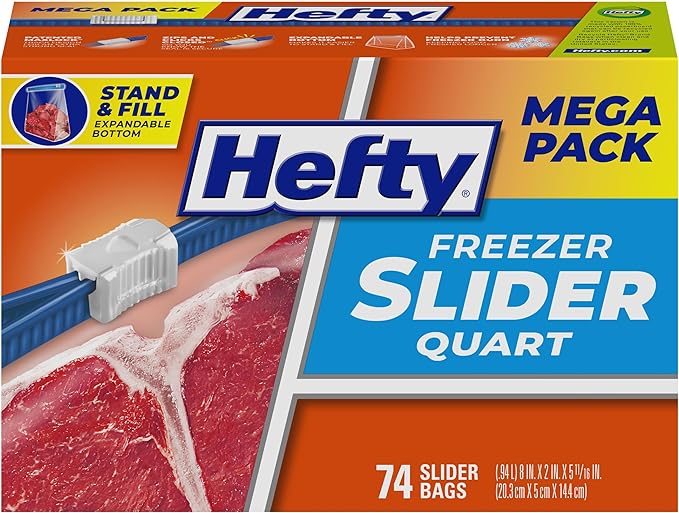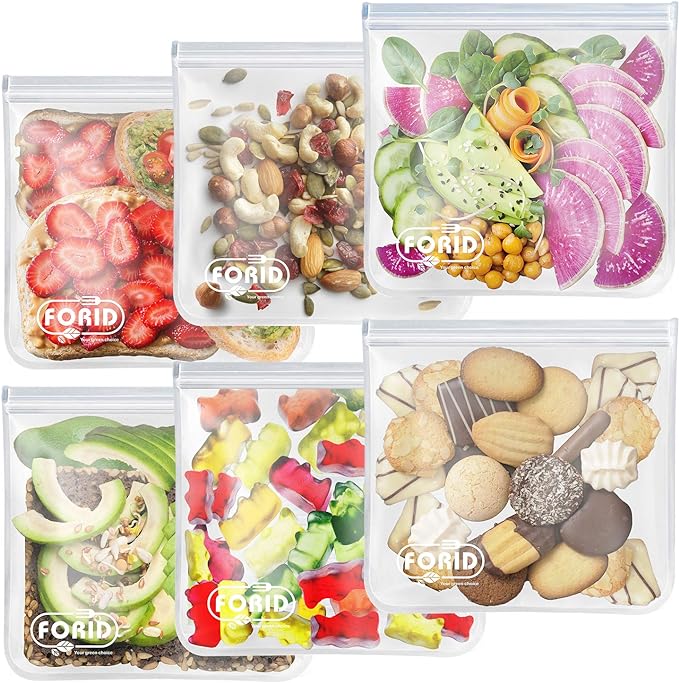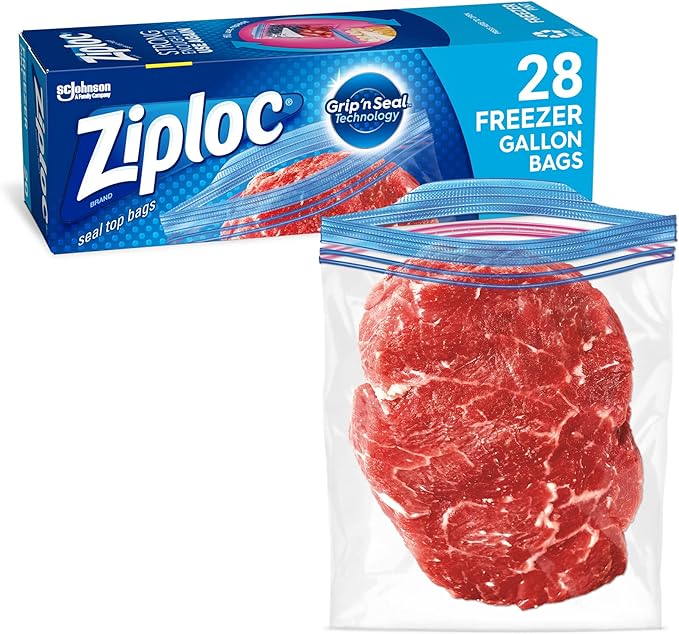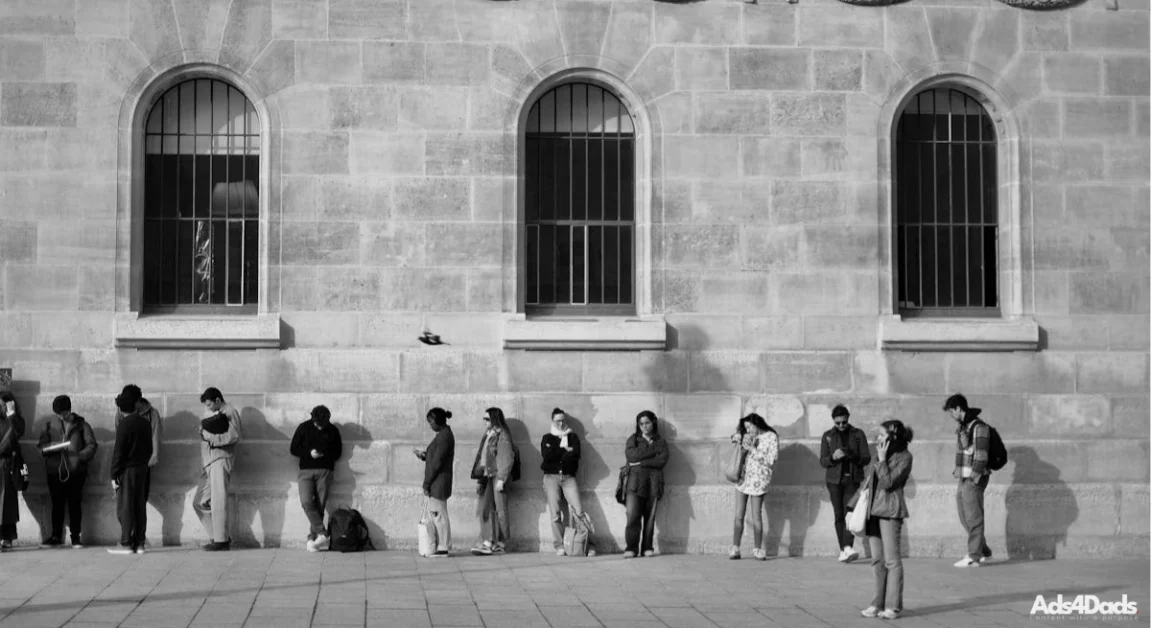Have you ever found a great BOGO (buy-one-get-one) deal on milk, cheese, or eggs and wondered, “How will I use all this before it goes bad?” Or maybe you’re preparing for a power outage or an unexpected trip out of town. Whatever the reason, you don’t have to worry, your food can be safely frozen and enjoyed later. Here’s how to freeze milk, eggs, cheese, and more.
Yes, most dairy and eggs freeze well with proper preparation. Use airtight containers, allow room for expansion, and always thaw in the refrigerator for best results.
How to Freeze Milk
Start Fresh
Only freeze milk that is still fresh and within its expiration date.
Allow Room for Expansion
Drain about six ounces from a new carton to prevent bursting as the milk expands.
Thawing
Milk may look yellowish when frozen, that’s normal. Thaw it in the fridge for best results, or use a sink of cool water for faster thawing.
Taste and Texture
Once thawed, the flavor and texture should be similar to fresh milk. There may be slight differences depending on the fat content.
Important Note
Some cartons say “do not freeze” due to packaging, but if you follow these steps, it should be ok.
How to Freeze Eggs
Use Fresh Eggs
Always freeze eggs that are very fresh for the best results.
Cracked Shells
Eggs can be frozen in the shell, but they may crack. For safer storage, crack eggs into a container with a lid.
Thawing
Always thaw eggs in the refrigerator to prevent bacterial growth.
Cooking with Frozen Eggs
The yolk may be firmer and the white more delicate. Sunny side up works well. For scrambled eggs, blend after thawing to improve texture.
How to Freeze Cheese, Butter, and Other Dairy Products
Cheese
Freeze only fresh cheese. Hard cheeses like parmesan last for months and retain flavor. Store in airtight bags or containers.
Butter
Butter freezes well. Use a freezer bag or airtight container to preserve flavor and texture.
Yogurt
Freeze yogurt in its original, unopened container. Thaw in the refrigerator and stir well to bring back its original consistency.
Lunch Meat and Bread
Unopened lunch meat and most types of bread freeze well. Use airtight packaging to prevent freezer burn.
Pro Tips for Freezing and Thawing Dairy and More
- Always thaw frozen food in the refrigerator for best results.
- Stir yogurt thoroughly after thawing to restore texture.
- Label and date each item before freezing so you use older items first.
Conclusion: Save Money and Reduce Waste
Freezing milk, cheese, eggs, and other foods is a smart way to save money, reduce waste, and stay prepared. Don’t let great sales or unexpected changes in plans stress you out, just freeze your extras and enjoy them later.
You can also visit the USDA Freezing and Food Safety guide for more expert advice.
Food Freezing Resources
Ads4Dads.com is a reader-supported website. If you make a purchase through the links on our site, we may earn affiliate commissions.
















